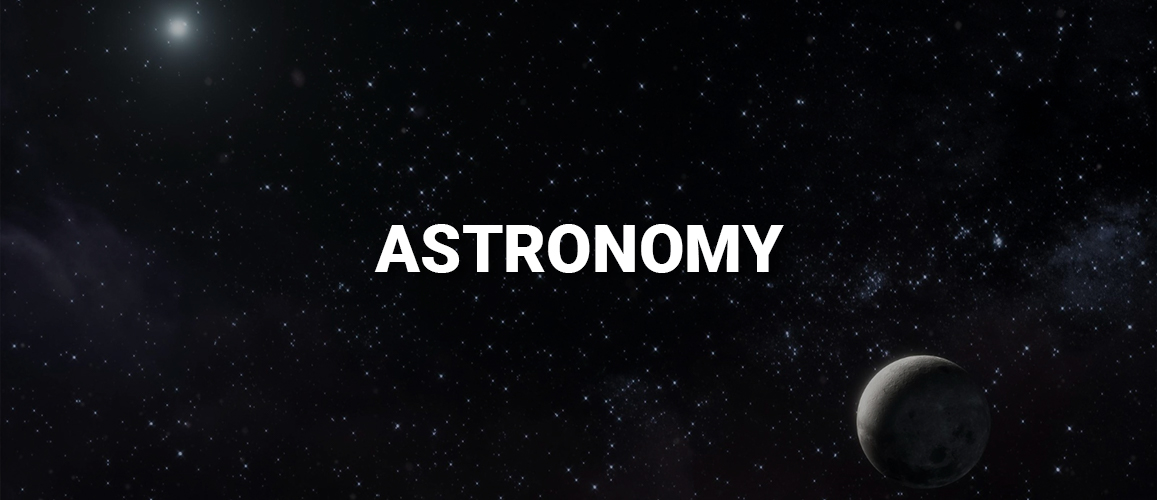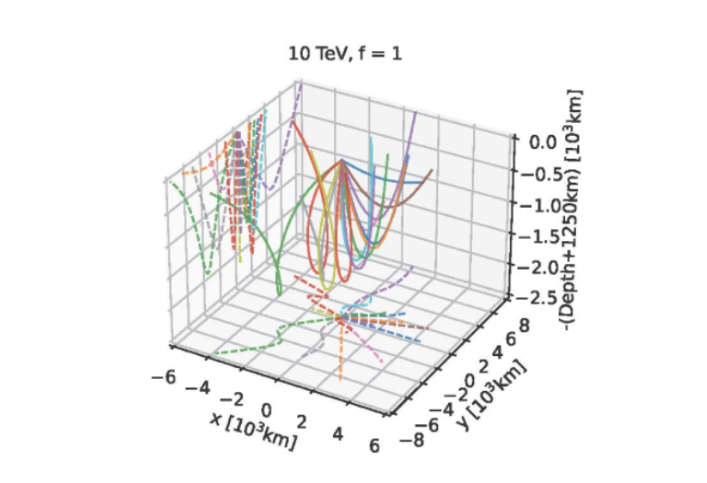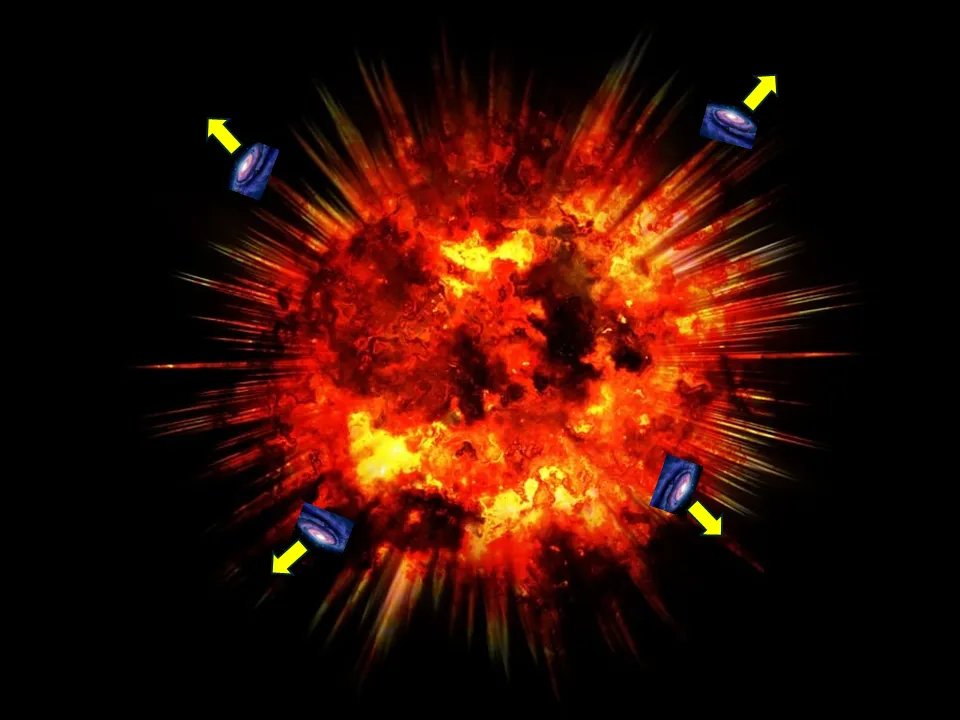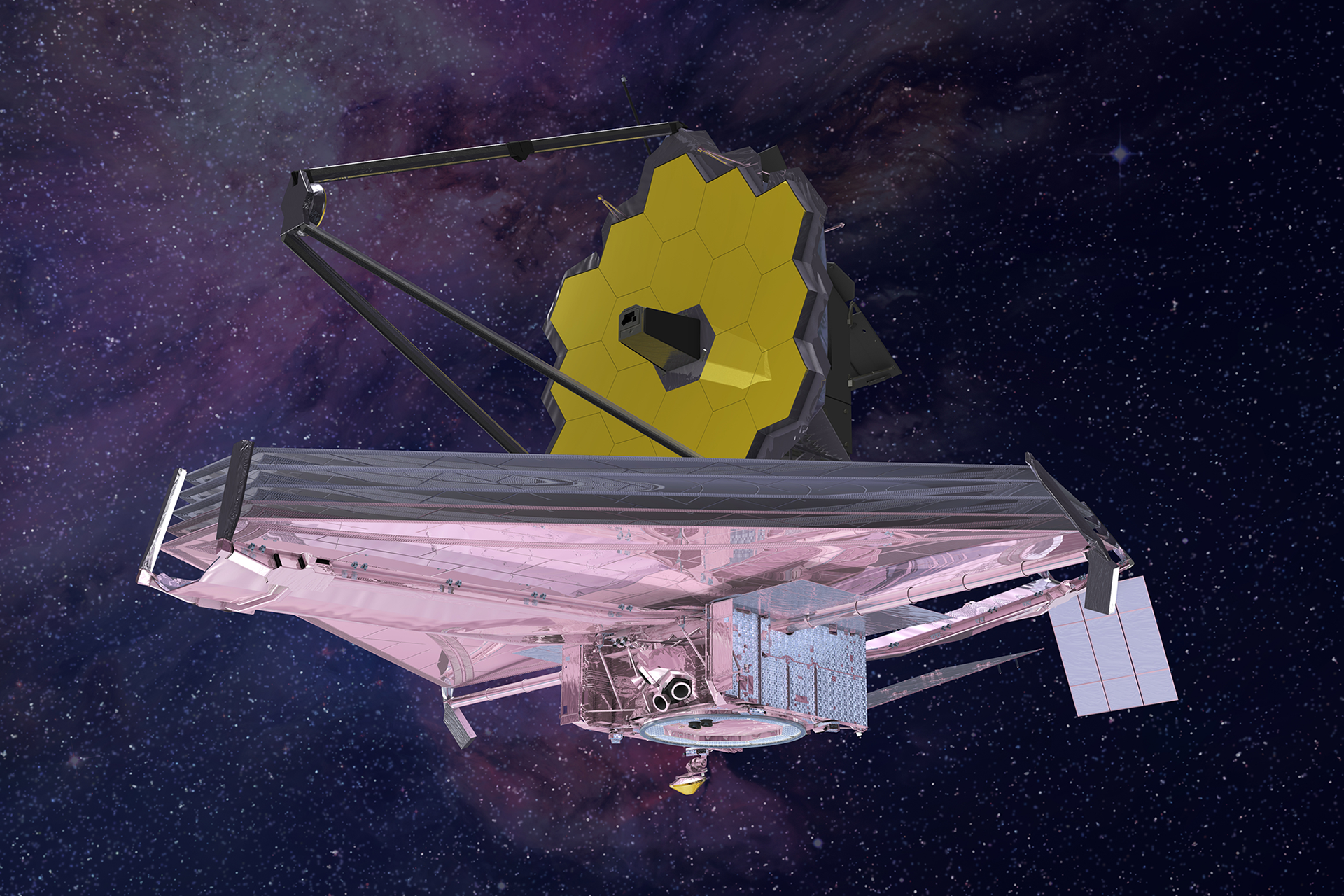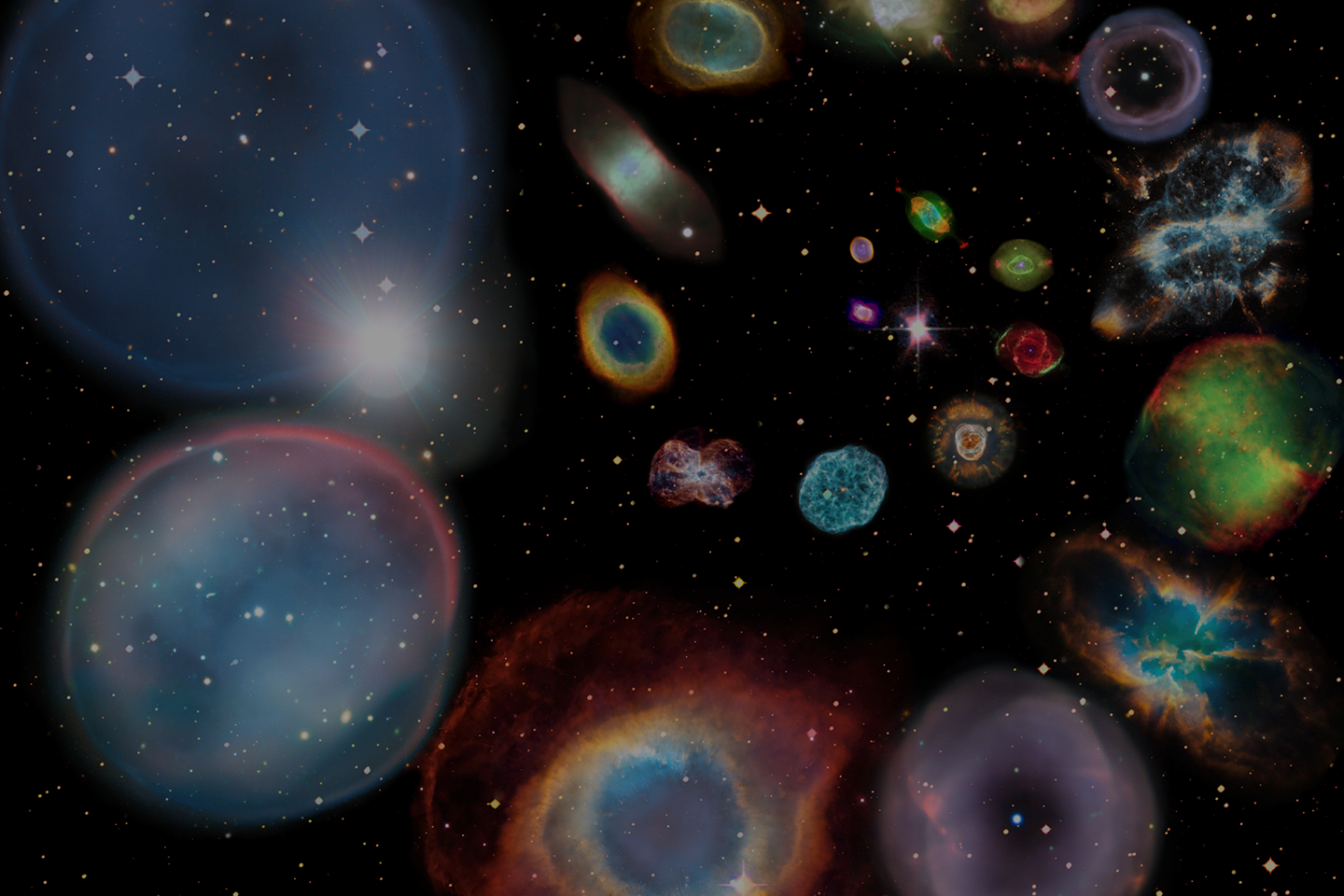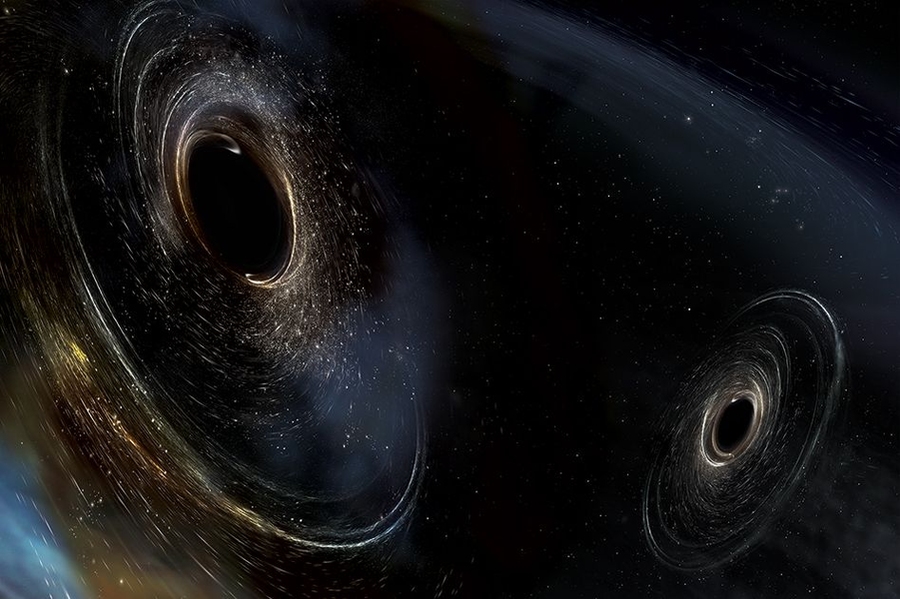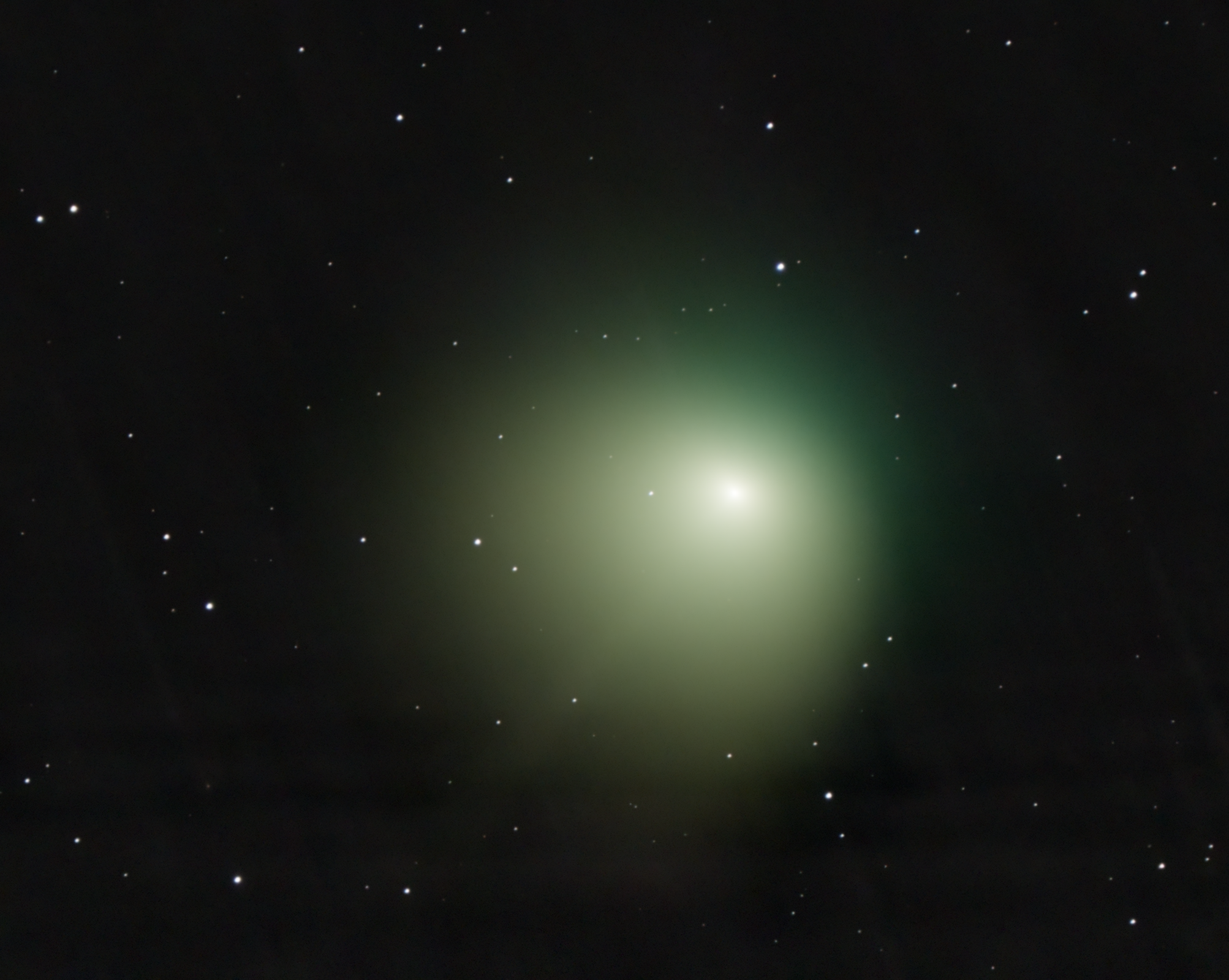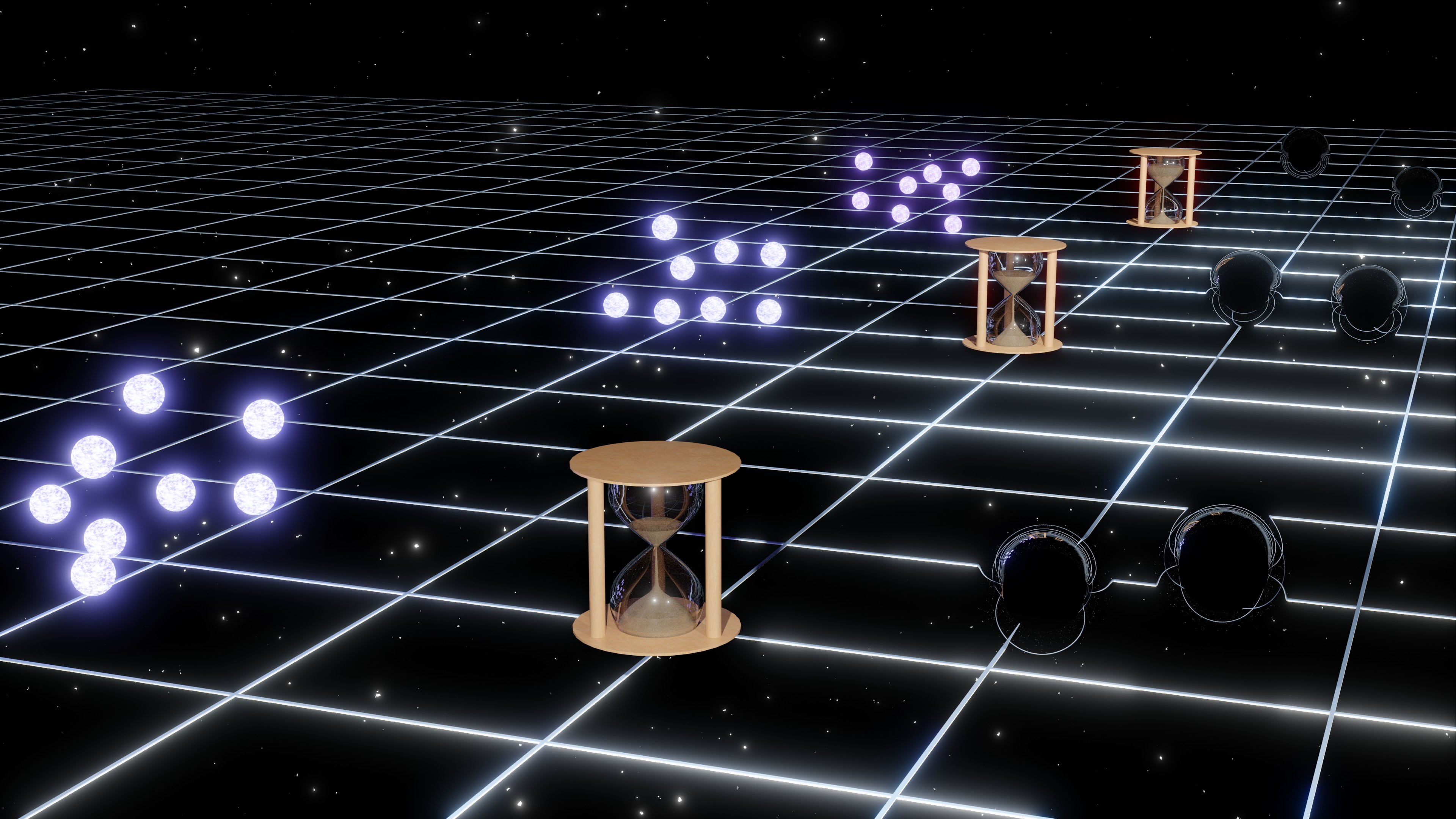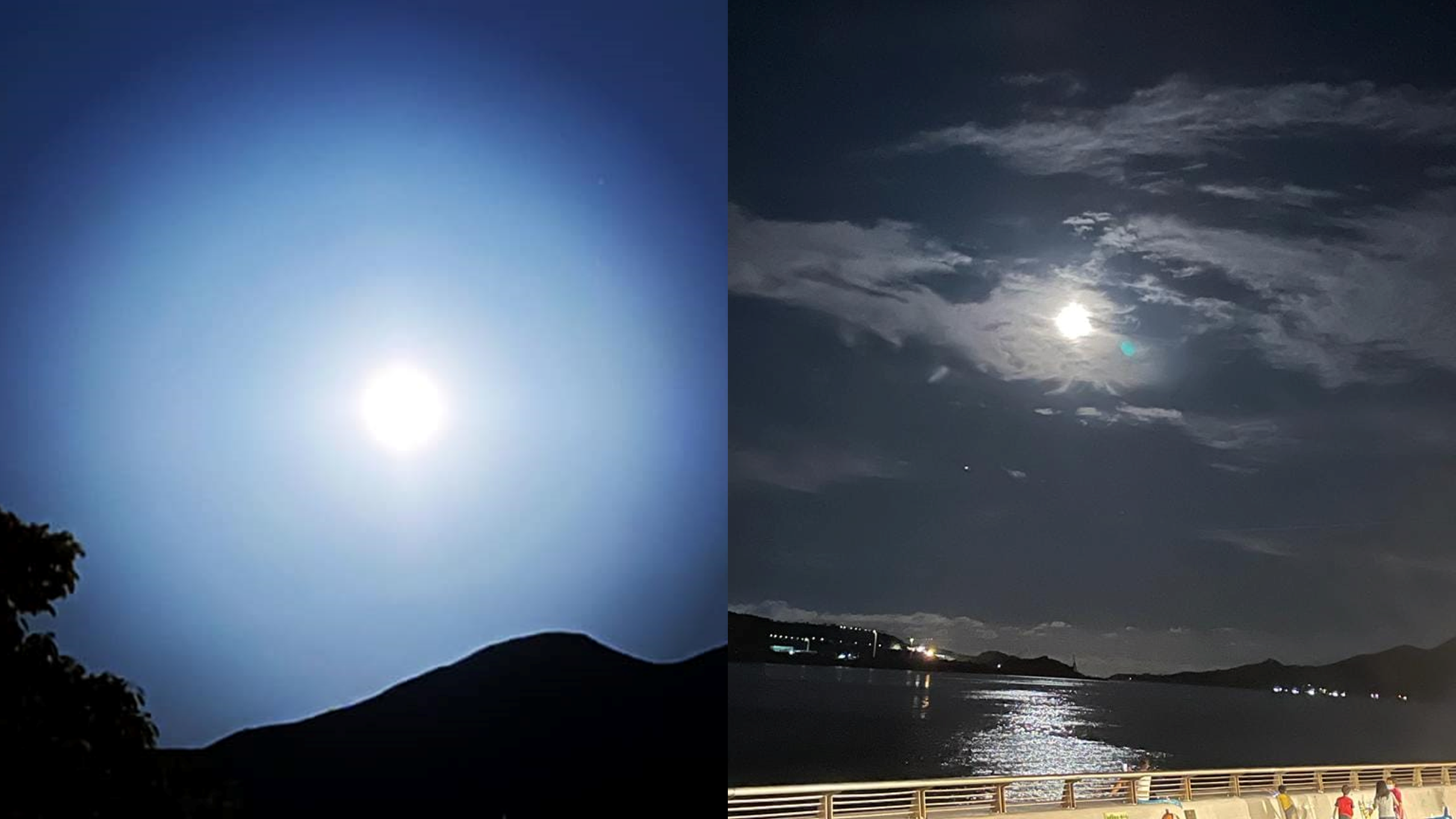Sometimes, as a scientist, and if you are very lucky, you come across something so crazy in your research that you have to step back and think what on earth is going on? This article addresses this crazy story in terms of how it actually happened – this is sometimes how real science emerges...
If you pluck a violin string, the string vibrates, driving the air particles around the string to oscillate too, setting up sound waves that propagate in the air. That is why you will hear a note. However, the note will not last long. Through generating sound, the string loses its vibrational energy in the air. The vibrations of the violin string decay. So does the note. Interestingly, a similar phenomenon occurs in perturbed black holes...
Discovered by the Zwicky Transient Facility in March 2022, this long period comet reached its closest position to Earth on 1 February, and will only pay its next visit to Earth after another 50,000 years...
Since the first humans were born on Earth, we have been trying to learn about the Universe in which we inhibit. Thousands of years of observations and thinking have enabled us to develop a standard cosmological model capable of better describing the evolution of the Universe since the hot big bang. With technical progress and the development of precise measurement techniques, more results show that there is inconsistency between observation and theory, such as Hubble tension, which poses a pressing problem in modern cosmology.....
Full moons are not uncommon occurrences. Yet how much do you know about these natural phenomena? Here we will delve into the two supermoons we just bore witness to. The strawberry full moon on 14 June and buck full moon on 14 July.…

